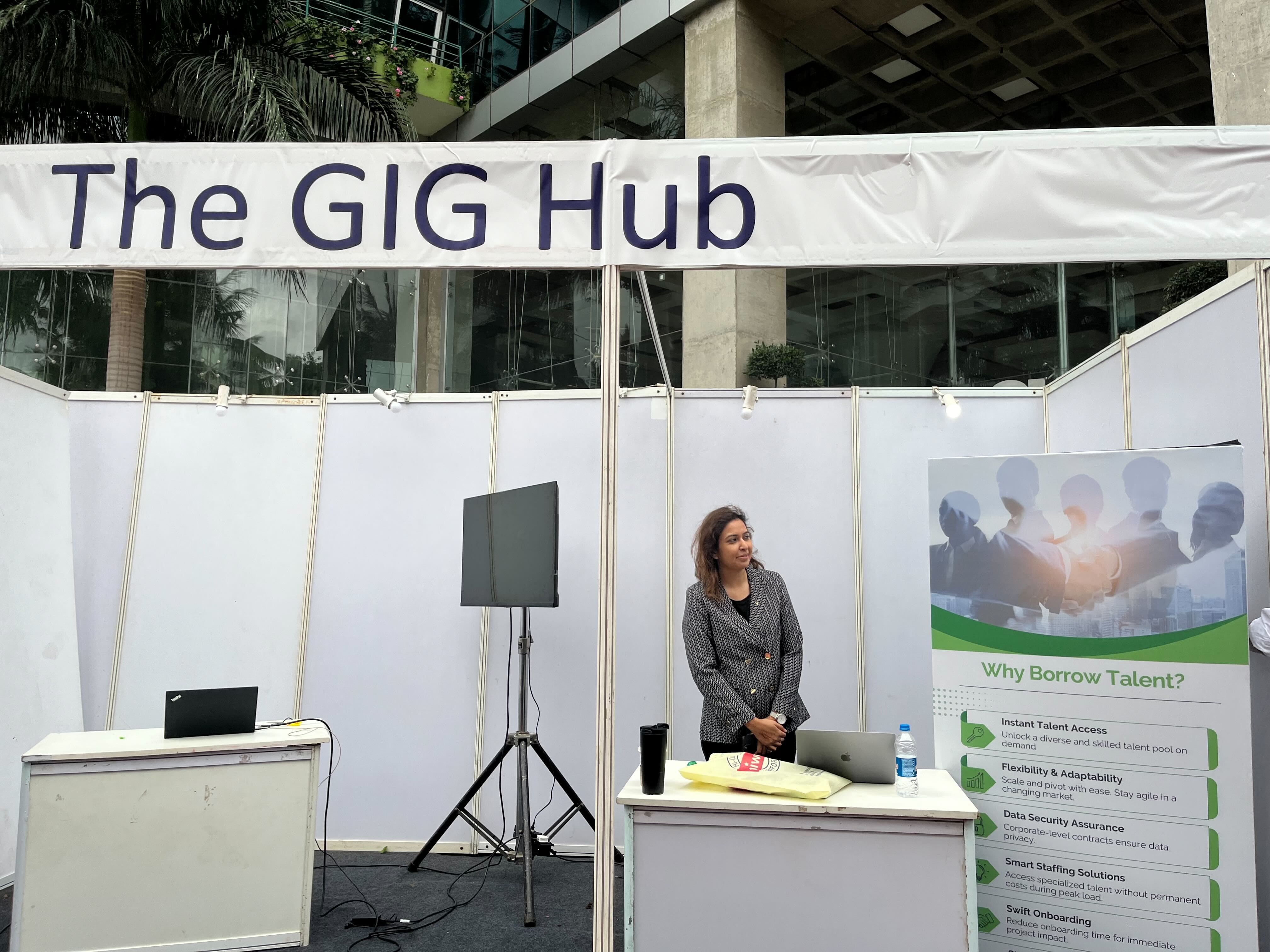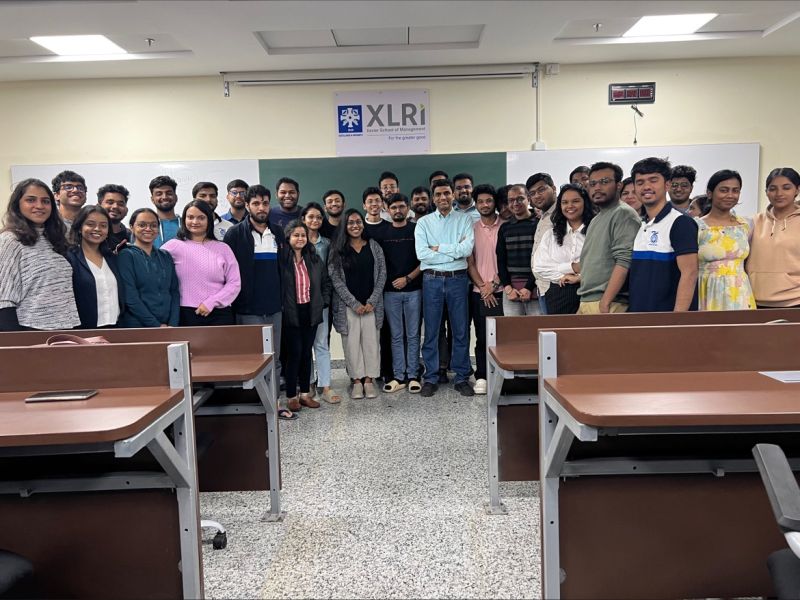Written by: Flexing It
2/01/2018
4 minutes read
![eye]() 77
77
![share]() 0shares
0shares
Work-life balance is one of the hottest and trending topics in India, especially among women, who struggle with having a successful career, when having family/kids. Most women in India end up compromising their careers over family, but no more!
Thanks to the gig economy, women now have the option of flexible working available, to pursue their career while not missing important milestones in their family lives.
Globally, growth in independent consultants or freelancers is expected to be one of the most significant employment-related trends over the next couple of decades. The value of work transacted through freelancers online has already crossed $2 billion and is expected to reach $5 billion by 2018, according to a forecast by Staffing Industry Analysts.
In India too, the signs of freelancing becoming increasingly relevant and attracting independent consultants from a host of functions, are everywhere. Following are a few key trends impacting the blended workforce era:
Opportunities for a wider talent pool
In the past, sectors that attracted the bulk of freelancers were creative, design and information technology. While these domains continue to flourish even today, we are simultaneously witnessing a huge surge in individuals from mainstream professions taking up independent consulting or part-time assignments. In fact, professionals from core functions like strategy and business development, general management, marketing, sales, research, academia, human resource, and finance together account for close to 70 percent of the liquid workforce today.
Men also want a piece of the (flexibility) pie
Contrary to what you might expect, Indians engaged as freelancers are not just women managing young families who can’t or don’t want to get into full-time jobs. While that segment exists, today professionals offering flexible working and consulting services or those opting for project-based work are equally likely to be men or women. This is true not just in the creative domain, but also in technical sectors as well as for professionals going independent post a long stint in the corporate world.
The emergence of a powerful new segment(s)
Another fascinating development is the arrival of new kinds of professionals on the landscape, who hardly existed a few years ago. Take, for instance, Corporate Freelancers - these are professionals who have transitioned into freelancing after an extended stint in the corporate world. Over two-thirds have work experience of ten years or more, indicating that professionals at the middle management stage or beyond in their careers are the ones taking the maximum risk of leaving cushy jobs. Another segment is Entrepreneur Freelancers who have started their ventures and are offering part-time services to keep their cash flows going until the time their own businesses start yielding fruit. Next up are Professional Moonlighters. These are people in full-time roles, looking to leverage their skills post regular working hours.
The need to be one’s own boss, the freedom to pick assignments, the flexibility to choose working hours as long as timelines are met and the opportunity to take on work that is more challenging and fulfilling, are strong levers driving more and more individuals towards flexible working.
On the other side, companies too are finding it lucrative to outsource assignments to specialists. They get an enviable mix of talent and skills, an individual or team committed to their project, at a cost far lower than had they hired a large firm and with greater flexibility and often expertise that they would get from full-time hires.
There is no doubt that independent working is here to stay - close to 70 percent of freelancers surveyed by Flexing It evinced high levels of satisfaction with their current line of work and more than 85 percent are optimistic about the future of work. These numbers are much higher when compared to professionals in full-time roles. Or as one freelancer puts it more simply, “I don’t think I have been happier…my productivity has increased manifold, the cash flows and great and I am enjoying my life more than ever before!”
**This article was first published by Flexing It, on Network18**









 77
77
 0shares
0shares





